This Arrow Video box set is currently available for purchase.
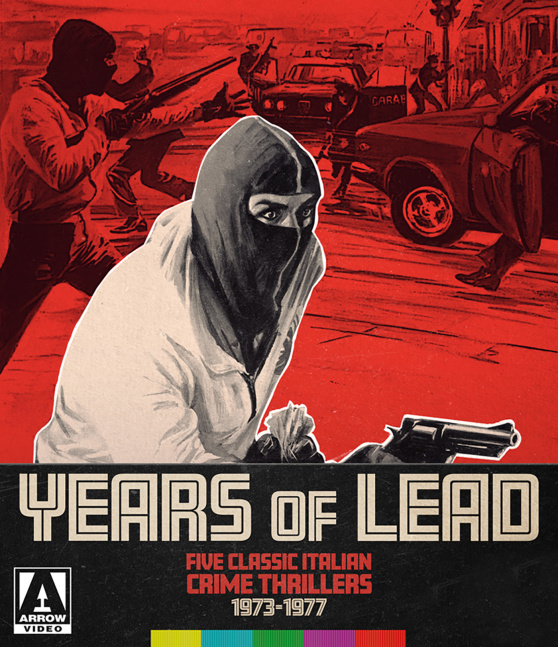
Back in the 1970s, Italian genre films became a sensation thank to visionary pioneers like Dario Argento (Deep Red, Suspriia, Tenebre) and Lucio Fulci (Zombi, The Beyond). While most North American readers are familiar with the “giallo” genre, there was another type of feature coming out of the region during this period. There were called “poliziotteschi” and consisted of violent films based around crooks ravaging the streets. The era in which these films were produced has a deep rooted and very real history. Known as the Years of Lead, the early and mid-70s saw a rise in criminal acts. The rise in actual murders and shootings countrywide helped proliferate these types of pictures.
Many of these titles featured vigilante justice and the genre was heavily criticized at the time for the extremism on display. Comparisons were made to the Dirty Harry films popular in the US during this period that also featured vigilante justice. Despite these charges against the genre, as time has passed critics have begun to see the movies in a more complex light, noting some interesting undercurrents and how the features were commenting on the world around them. These titles display just how frustrated and suspicious citizens were of the police, displaying the various levels of bureaucracy and corruption within. They also show the preferential treatment of the upper classes. Arrow Video have taken a selection of titles from this genre, cleaned them up spectacularly for the new Blu-ray box set, Years of Lead: Five Classic Italian Crime Thrillers (1973 – 1977). These interesting features not only look remarkable, but are a very interesting watch.
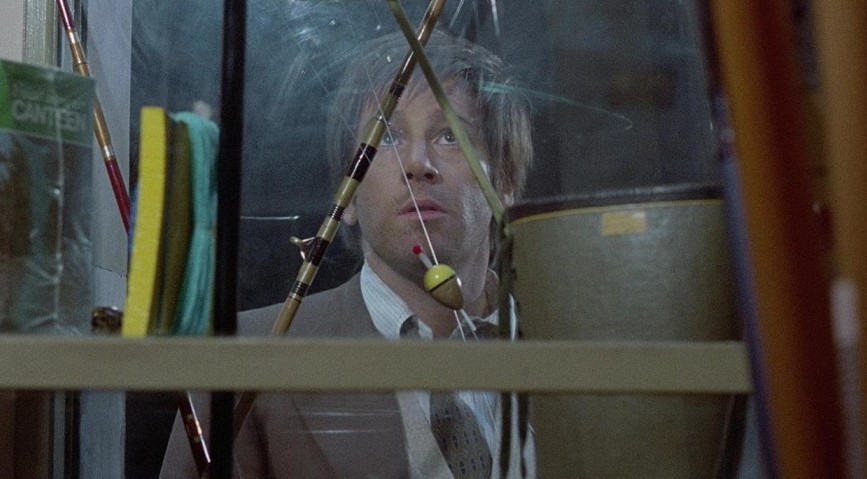
Moving chronologically through the films, No, the Case Is Happily Resolved (1973) follows lower-middle class family man Fabio Santamaria (Enzo Cerusico) who works as a train station ticket seller. While out fishing, he witnesses a brutal killing in the reeds and comes face to face with the culprit… upper-class professor Eduardo Ranieri (Riccardo Cucciolla). Fearful, Fabio runs off and drives away. The protagonist considers telling the police, but can’t seem to find the right person to give a report to. After following the protagonist, the murderer ultimately tells authorities that Fabio is the psychopath. Realizing that the authorities are far more likely to believe the teacher, Fabio is forced into covering his own tracks. Naturally, his behavior comes across to others as even more suspicious.
This is a very effective movie with some great set pieces, including the opening sequence which features a chilling chase and murder through tall reeds. The camera even spins around the maniacal killer as he hunts his victim down. It makes a chilling impression. From this point forward, we follow the protagonist as he begins to panic and make decisions that ultimately lead to his ruin. The performances are solid and there’s a tense scene when the two men eventually meet in private. Ranieri’s attitude about the slaying, rationalization and manipulations are fascinating to watch.
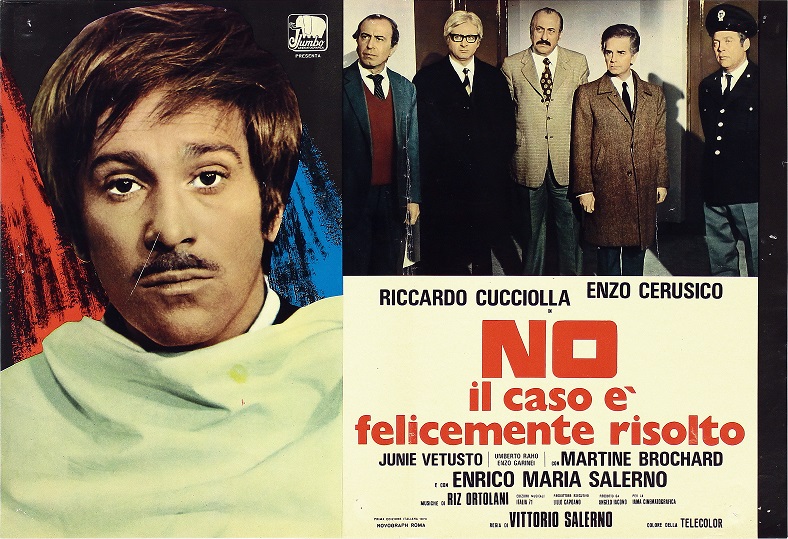
It’s a solid film that is only let down by its final scene, which tries to end the tale on a more upbeat note. The movie looks incredible, benefiting from a sharp 2K restoration. It also contains a lengthy interview with the director in which he explains that this was his first film and that the studio found it too dark, forcing him to soften the ending. He admits that it was frustrating, but still thinks the film generally works and describes some of the interesting subtext being relayed. He also notes the difficulties shooting a movie with a flawed and naïve hero. Thankfully, the original ending is included as an extra feature. Even those watching the final film are advised to ignore the abrupt close. Overall, it’s a strong film that only falters in its final minute.
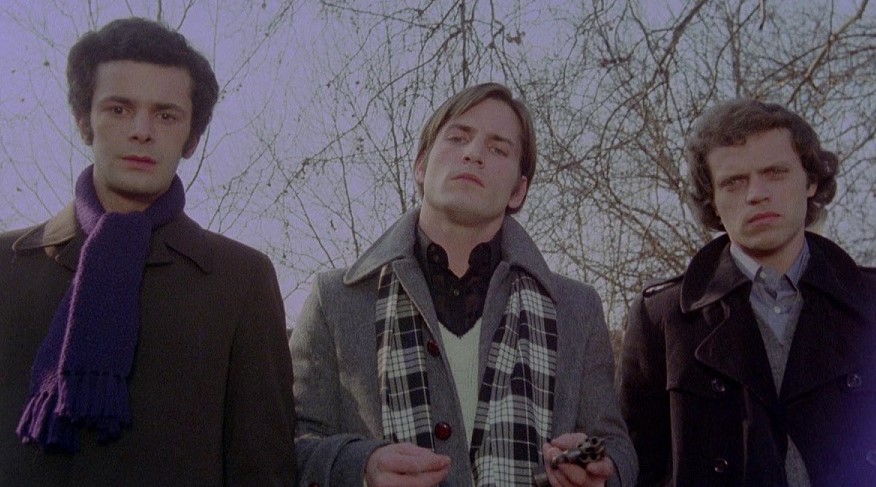
Savage Three (1975) is another fascinating effort about a trio of overworked employees at a computer analysis firm. Cold sociopath Ovidio (Joe Dallesandro) and his pals (Gianfranco De Grassi and Guido De Carli) go on a strange and violent spree, starting fights at soccer games. They eventually progress to murdering various strangers on the streets of Turin. The slayings are all disturbing, including a particularly unsettling scene in which a victim is impaled through the chest with a forklift, captured in a single shot without a cutaway. Viewers also see moments of random people becoming irrationally angry and turning on each other. Even the inspector (Enrico Maria Salerno) investigating the attacks has a history of lashing out.
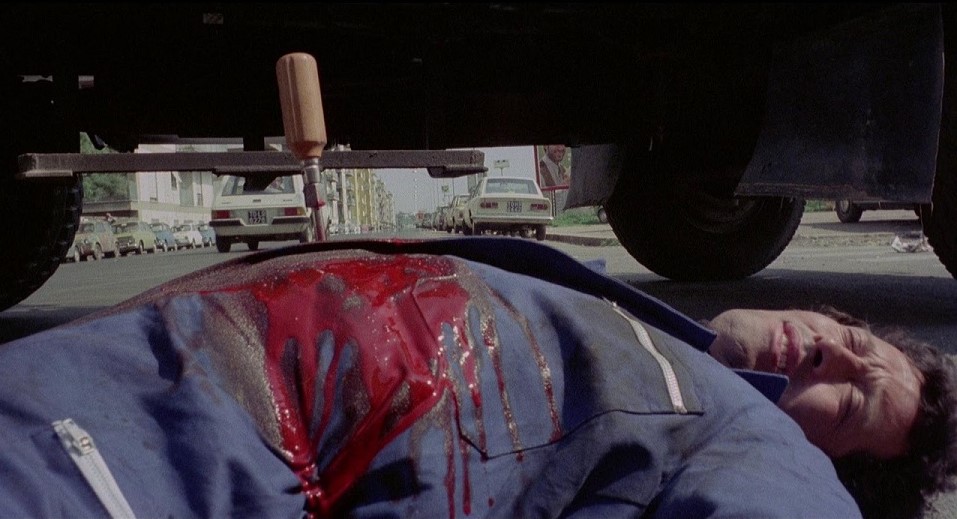
Early in the film, there is a scene in which a theory is tested – a group of rats are placed in closer quarters until they become violent and turn on each other, fighting for territory and slaughtering one another. These interesting attempts to some sociological subtext to the proceedings make this effort feel like more than a simple exploitation flick. Again, it’s all disturbing to watch, but that is the point and the film works well. There’s an interesting and lengthy interview with the writer/director who discusses the project and talks about his real-life inspirations, as well as how some of the trickier moments were shot. The disc also includes a discussion with star Dallesandro, who goes over his entire acting career and his other films projects with Andy Warhol. The American also talks about the communication difficulties working with an Italian-speaking crew and director.
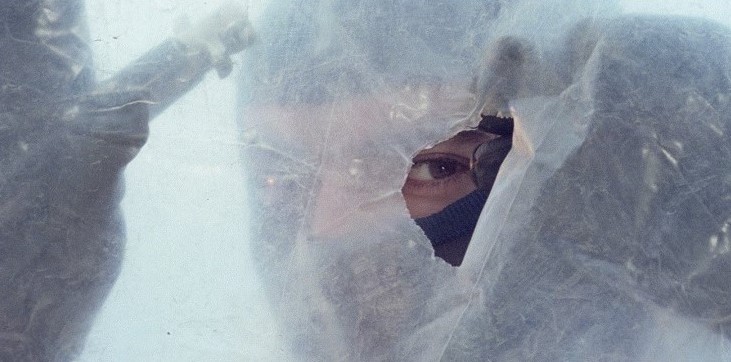
Like Rabid Dogs (1976) is another movie in a similar vein to the previous title, but it is even more extreme. This time out, the killers are a group of vicious, upper-class 20-somethings who are led by Tony (Cesare Barro). His father is a wealthy industrialist with the police under his influence. So, his sadistic son and friends Rico (Luis La Torre) and Silvia (Annarita Grappulo) are free to murder with reckless abandon, facing no consequences for their actions. They dress in masks and gloves, targeting random victims including prostitutes, which lead to some particularly upsetting moments. It’s a tougher watch, but does have and punchy ending and, like the other films included in the set features some impressive chase sequences.
Bonuses include a very long discussion with the director of photography and the assistant director. They all talk about director Mario Imperoli, stating that despite the brutal content of the film, the man behind the camera was extremely kind to the cast and crew. Despite all of the nasty goings on begin shown (like attempted rapes and brutal slayings), everyone involved enjoyed working with the filmmaker and appreciated their time with him. The AD does have some interesting stories about the second unit doing the driving stunts, stating that back in the day, these small productions didn’t bother blocking off streets. They simply attached camera to the cars and veered around in actual traffic, which would never be allowed today. Luckily, there were no accidents.
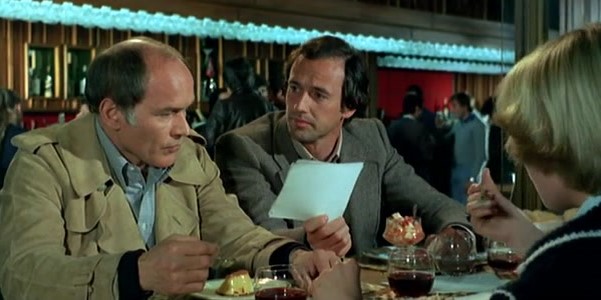
Speaking of crazy stunts, the next two movies take a decidedly more action-oriented approach. Colt 38 Special Squad (1976) follows a police inspector (Marcel Bozzuffi) whose wife is gunned down by a notorious gangster. Realizing that he can’t protect the public playing by the rules, he is given the opportunity to form a special team of motorcycle cops… who take more of a shoot-in-the-leg with a Colt 38 first and ask questions later approach to dealing with criminals. The unit aren’t nearly as well-developed as the inspector (with the exception of a member or two). However, the movie features incredible driving and stunt work throughout. At one point during a chase, a vehicle jumps onto a moving train, drives across several boxcars and jumps successfully to the other side of the locomotive. It’s something remarkable to witness.
Additionally, the film does feature some curious elements as things escalate. Bombs are planted in public places throughout the city as the team try to wipe out the criminal mastermind behind it all. Even with the protection of the squad, informants are regularly murdered and some of the bombs do go off. It seems that even the special powers granted to the group don’t necessarily earn the intended results. The movie has a decidedly dark edge, adding some edge to the proceedings and making it more interesting than a typical vigilante picture. Extras on this disc include discussions with the score composer who talks about the memorable music. There is also a featurette with the editor who describes about cutting together the elaborate action.
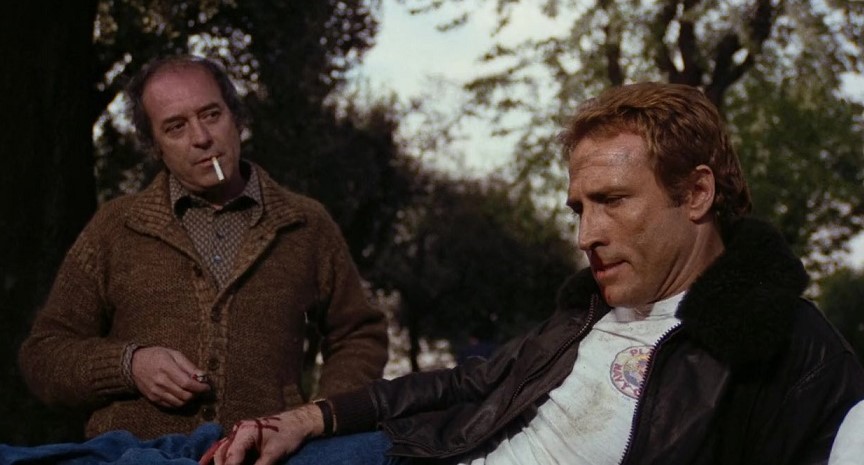
Finally, Highway Racer (1977) is a car-centric flick about arrogant, risk-taking cop Marco Palma (Maurizio Merli), a man who loves nabbing crooks by hurtling down streets in his cruiser at top speed. After realizing that he isn’t likely to change and does have some raw talent, a superior (Giancarlo Sbragia) who was once a professional driver decides to train Marco. This is in the hopes that Marco can stop bad guys without destroying any more cars or accidentally killing anyone. Once fully trained, the protagonist is sent undercover to infiltrate a gang of talented drivers committing armed robberies. The driving sequences in this film are absolutely stunning in their execution and photography. In fact, it’s something of an amazing little lost flick in the action realm – while not every individual element works, every time the characters are in vehicles, the movie is unquestionably thrilling. At one point, a car is memorably hurtled down Rome’s famous Spanish steps.
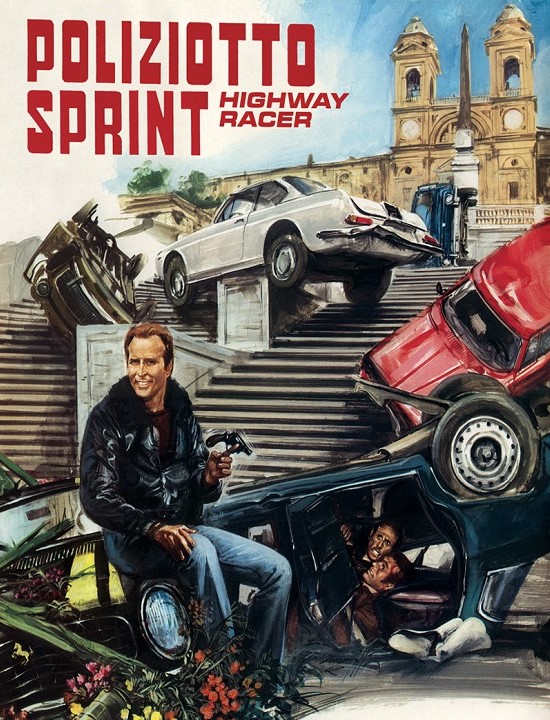
Again, the leads aren’t as well drawn, but the movie does offer some interesting elements as the hero and antagonist begin to form some respect for each other’s abilities. Marco’s machismo is so exaggerated and over-the-top that his reckless abandon and disregard for anyone around him actually becomes amusing instead of horrifying. In the end, it’s a fun little B-movie and it should come as no surprise that the film’s stunt coordinator would eventually do all of the driving stunts on James Bond pictures through the 1980s. Extras on this disc include a lengthy talk with a film historian on the feature which offers some great background information.
And, of course, all of the films come with publicity materials used during their initial release. The Blu-ray picture quality on display is consistently excellent. And not just for the 2K treatment on No, the Case Is Happily Resolved, but for all of the other titles as well. These movies have never looked so good and will be very interesting for all fans of Italian cinemas from the 1970s. Like just about everything else from Arrow Video, Years of Lead: Five Classic Italian Crime Thrillers (1973 – 1977) is another welcome box set with engaging titles that not only give viewers a richer knowledge of genre films, but also give viewers a peek into the country’s history. This Blu-ray box set is well worth picking up.


